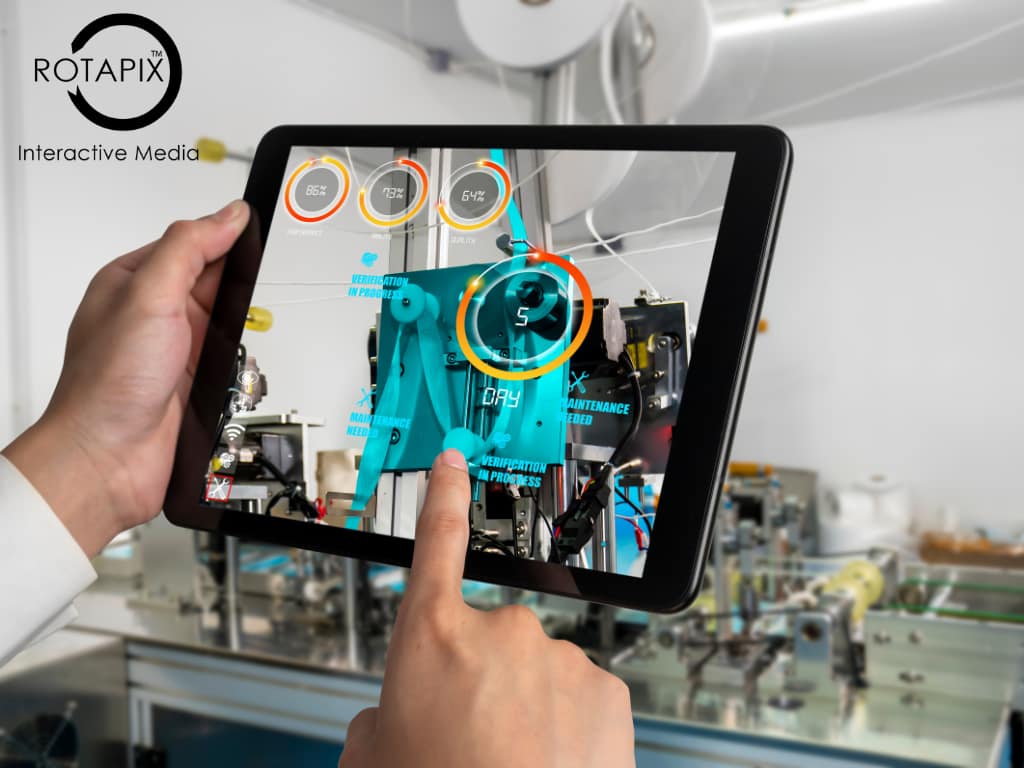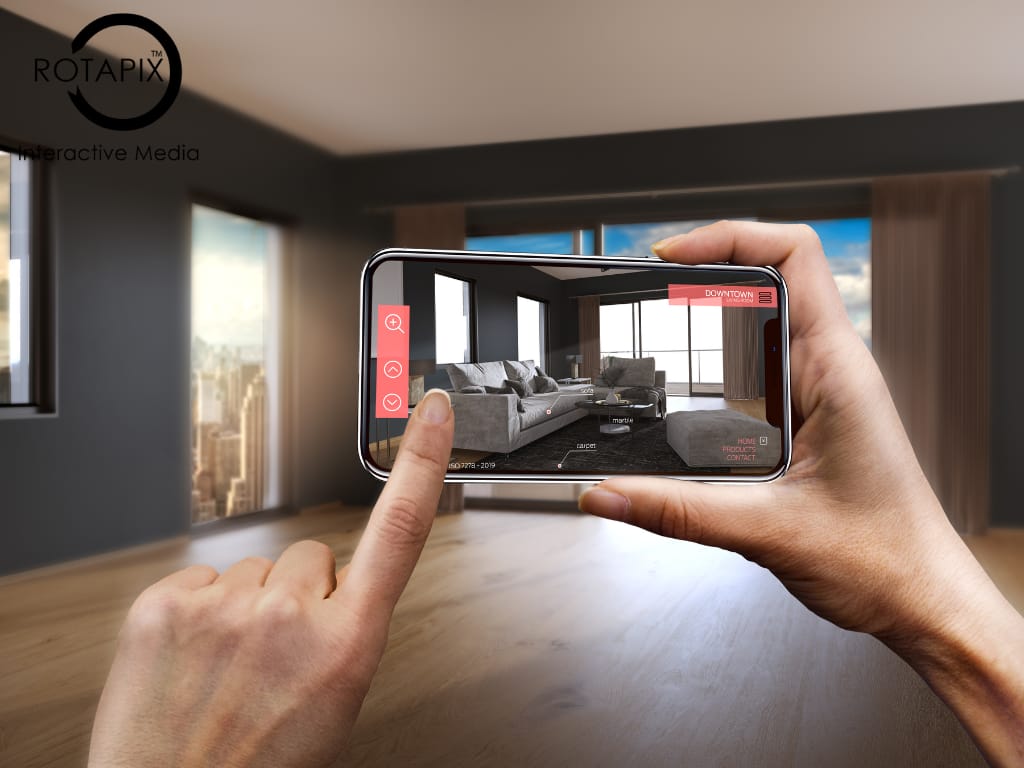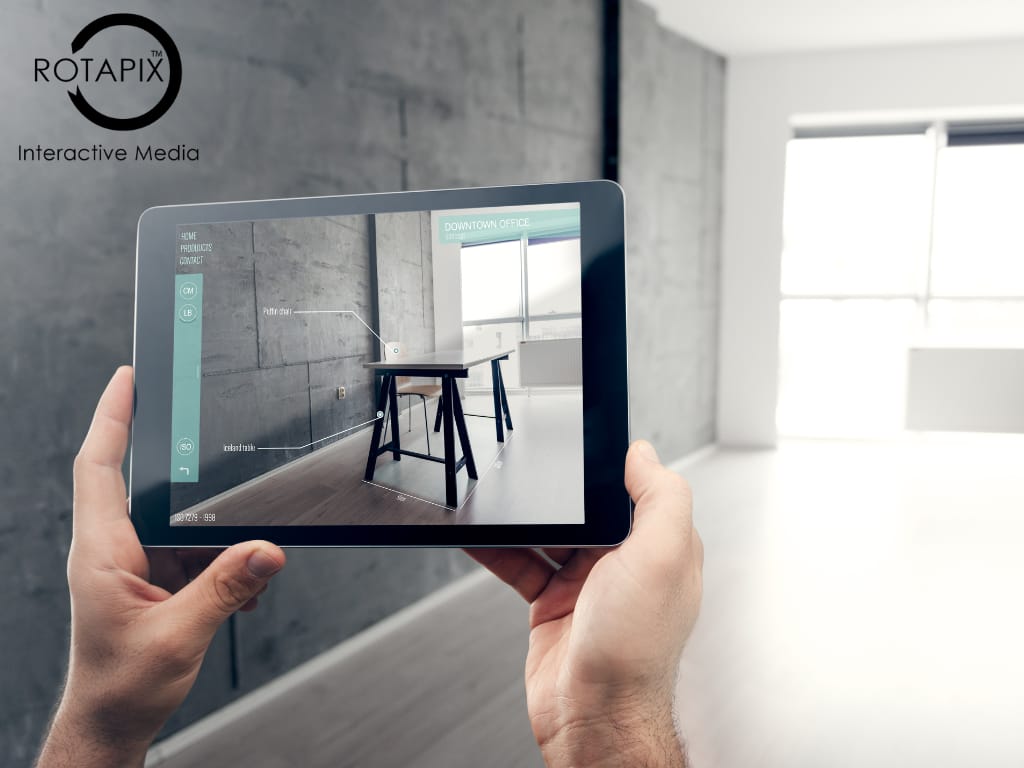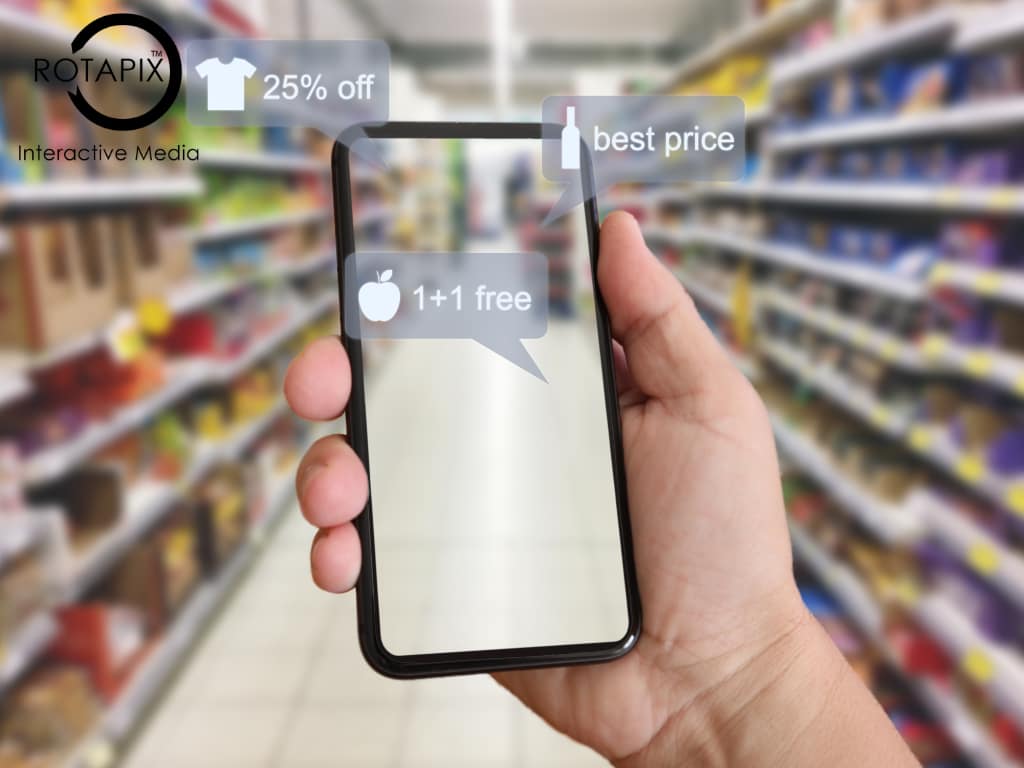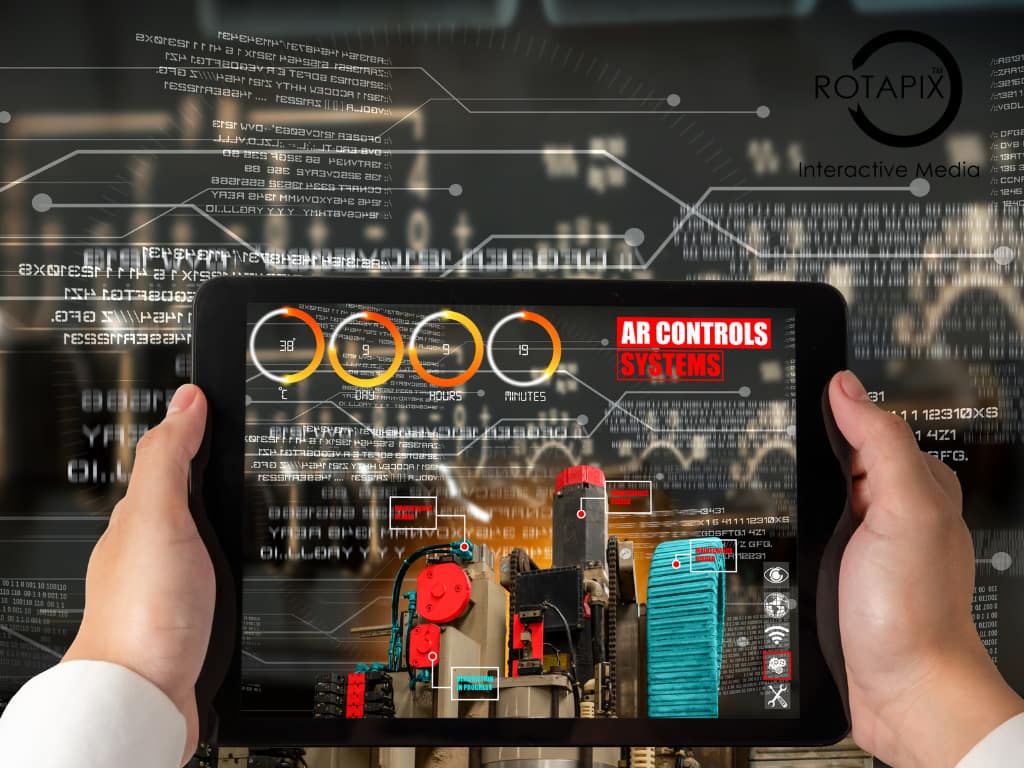Augmented Reality in ecommerce by bridging the gap between digital and physical shopping experiences. This technology allows consumers to visualize products in a real-world context directly through their mobile devices, enhancing decision-making and engagement. AR provides a unique opportunity for brands to offer interactive and personalized shopping experiences, driving higher conversion rates and deepening customer loyalty.
Overview of AR’s Role in Enhancing Mobile Shopping Experiences
Augmented Reality in E-commerce transforms the mobile shopping experience by allowing customers to see products in 3D, test them in their own space, and interact with them in ways that were previously impossible through traditional online shopping. This capability not only increases the likelihood of purchases but also significantly reduces return rates, as consumers have a clearer understanding of what they are buying. Additionally, AR can deliver rich, immersive content directly to consumers’ mobile devices, making shopping more entertaining and informative.
How AR Transforms Shopping on Mobile Devices
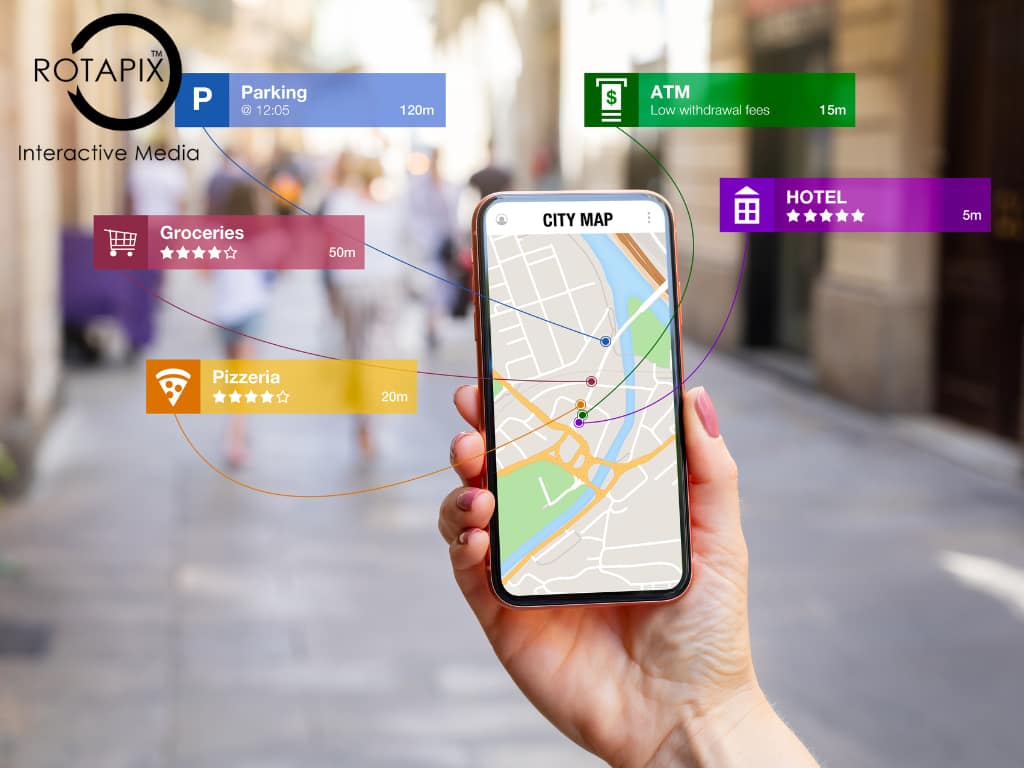
Enhancing Product Visualization on Smaller Screens
On mobile devices, screen size can limit the shopping experience. AR overcomes this by enabling users to view an augmented version of the product overlaid in their physical environment. Whether it’s furniture, fashion, or electronics, AR allows consumers to better gauge fit, size, and style, which enhances confidence prior to purchasing. This technology makes it possible to bring the showroom into the customer’s home, offering a tangible feel of the product without the physical constraints.
Using AR to Overcome the Limitations of Mobile Shopping
Mobile shopping traditionally faces challenges such as the inability to try before you buy and the difficulty of assessing product quality and detail. Augmented Reality in E-commerce addresses these challenges head-on by allowing for a ‘try-before-you-buy’ experience. For example, shoppers can see how a pair of glasses looks on their face or how a new sofa might fit in their living room. This level of interaction helps mitigate the uncertainty often associated with online shopping, thereby enhancing customer satisfaction and reducing the likelihood of returns.
Optimizing AR Features for Mobile E-commerce Platforms
Key Considerations for Designing AR Mobile Interfaces
Designing AR interfaces for mobile e-commerce requires careful consideration to ensure they are user-friendly and enhance the shopping experience. It’s crucial to ensure that AR features are easy to access, intuitive to use, and seamlessly integrated into the overall shopping app. Interface design should minimize clutter, highlight AR capabilities, and provide clear instructions to first-time users on how to utilize AR features effectively.
Technical Requirements for Integrating AR into Mobile Platforms
Integrating AR into mobile e-commerce platforms involves several technical considerations to ensure smooth operation and high performance. This includes choosing the right AR development platform that supports various mobile devices and operating systems. Additionally, it’s important to ensure that the AR features are optimized for performance to prevent app crashes or slow loading times, which can detract from the user experience. Regular updates and bug fixes are also crucial to keep up with advancements in AR technology and mobile hardware capabilities.
User Experience: AR in Mobile Shopping Apps
Improving Navigation and Usability with AR
Augmented Reality can significantly enhance the navigation and usability of mobile shopping apps by providing intuitive and interactive ways to explore products. For example, AR can enable features such as “virtual aisles,” where users can navigate through a store environment from their mobile devices, selecting products to view in 3D or in their actual use environment. This approach simplifies the user journey within the app, making it more engaging and reducing the cognitive load on shoppers trying to find specific items or categories.
Examples of AR Features that Enhance User Engagement on Mobile
- Virtual Try-On: Allows users to see how products look on them or in their space in real time, which is particularly popular in fashion and home decor.
- Interactive Tutorials: Uses AR to show how to use or assemble products step-by-step, enhancing understanding and reducing perceived complexity.
- Personalized Recommendations: Integrates AR with AI to analyze user preferences and physical environment to suggest products that fit their space and style.
These features not only make shopping more enjoyable but also help in building a deeper connection between the brand and the consumer.
AR Tools and Technologies for Mobile Commerce
What Tools Are Essential for Developing AR for Mobile Commerce?
Several tools and platforms facilitate the development of AR for mobile commerce. Key players include:
- ARKit: Apple’s framework for building augmented reality experiences on iPhone and iPad.
- ARCore: Google’s platform for building AR experiences for Android devices.
- Unity: A game development platform with powerful AR support, allowing for the creation of complex AR experiences that can be integrated into mobile apps.
- Vuforia: Offers advanced computer vision capabilities that enable a wide range of AR experiences.
How to Choose the Right AR Technology for Mobile Applications
Choosing the right AR technology involves considering several factors:
- Platform Compatibility: Ensure the AR technology works across all target devices and operating systems.
- Feature Support: Evaluate whether the technology supports the specific AR features you plan to implement, such as spatial detection, image recognition, and 3D object rendering.
- Developer Ecosystem: Consider the size of the developer community for ongoing support, tutorials, and troubleshooting.
- Cost: Analyze the cost implications of using the technology, including licensing fees and the need for specialized skills.
Benefits of Mobile AR for Consumers and Retailers
Direct Benefits for Consumers Using AR-Enabled Mobile Apps
Consumers enjoy numerous benefits from AR-enabled mobile apps, which include:
- Enhanced Decision Making: AR helps consumers make better purchasing decisions by allowing them to visualize products in a real-world context.
- Increased Confidence: Virtual try-on and placement features reduce uncertainty about product fit and appearance.
- Engaging Shopping Experience: AR makes shopping interactive and fun, which can enhance overall satisfaction and brand loyalty.
How Retailers Gain from Implementing AR in Mobile Commerce
Retailers also reap significant benefits from incorporating AR into their mobile commerce strategy:
- Increased Conversion Rates: AR can reduce the friction in the buying process, leading to higher conversion rates.
- Lower Return Rates: By providing a more accurate preview of products, AR can significantly decrease the likelihood of returns.
- Richer Data Insights: Interaction with AR features provides retailers with valuable data on consumer preferences and behavior, which can be used to refine marketing strategies and product offerings.
AR in the Evolution of Mobile Commerce
Predicting Future Developments in Mobile AR Technology
The future of mobile AR technology looks incredibly promising, with continuous advancements expected to enhance its accessibility and effectiveness. Technological developments like improved AI integration, faster mobile networks (such as 5G), and more sophisticated AR glasses will enrich AR experiences. These advancements will enable more seamless and realistic integrations of digital content in the physical world, making AR even more integral to mobile commerce.
Preparing for Upcoming Trends in AR and Mobile Commerce
To stay ahead, businesses should keep abreast of the latest technological developments and consider how these could impact or be integrated into their current AR strategies. This involves investing in AR skills development, such as UI/UX design for AR, and staying connected with AR technology providers for the latest updates and tools. Additionally, businesses should consider partnerships with technology leaders and innovators to pilot new AR features that can provide a competitive edge.
Getting Started with AR in Mobile Commerce
Steps to Begin Implementing AR in Your Mobile E-commerce Strategy
- Identify Objectives: Clearly define what you aim to achieve with AR — whether it’s improving user engagement, increasing sales, or reducing return rates.
- Choose the Right Platform: Depending on your target audience’s devices, choose between ARKit, ARCore, or other AR development platforms that best suit your needs.
- Develop AR Content: Create engaging and useful AR content that aligns with your objectives. This might include 3D models of products, interactive ads, or virtual try-on features.
- Integrate with E-commerce Platform: Seamlessly integrate AR features into your existing mobile commerce app to ensure a fluid user experience without disrupting the shopping process.
- Test and Optimize: Conduct thorough testing to ensure compatibility across devices and optimize for user experience and load times.
Best Practices for a Successful AR Mobile Commerce Rollout
- Focus on User Experience: Ensure that the AR features are intuitive and enhance the shopping experience rather than complicate it.
- Keep It Simple: Start with simple, proven AR features that can easily be understood and used by your target demographic.
- Measure Performance: Regularly track how AR features are affecting your KPIs to measure return on investment and determine areas for improvement.
Conclusion
For businesses yet to adopt Augmented reality in ecommerce, the time to start is now. The technology has proven its value in enhancing customer experiences and boosting sales, and it will only become more integral to e-commerce as consumer expectations evolve. Embracing AR technology can provide businesses with a significant competitive advantage, helping them to stand out in a crowded market and meet the increasingly digital-first preferences of modern consumers.


